The Acne Simultaneous Treatment
The Acne Simultaneous Treatment Method Using the ACNOX product line from HL Labs
HL Labs acne simultaneous treatment using the ACNOX product line
Understanding the complex mechanisms involved in the appearance of acne has led to a significant improvement in the abilities to treat acne conditions, and to new methods of treating the problem. HL Labs developed an innovative method that combines treatment on two levels simultaneously: reducing the infecting ability of the bacteria that cause the inflammation and, at the same time, rejuvenating and rehabilitating the skin and its natural defense mechanisms, that have been damaged due to the disorder. This strategy enables treating simultaneously all the pathological mechanisms involved in the appearance of acne, when the earliest intervention possible and an intense and consistent care can maximize the results at all severity levels of the acne.
The simultaneous treatment method is based on working with the ACNOX line from HL Labs – a professional line that was developed especially for oily-acne prone skin and acne vulgaris. This method has important advantages, some of which is most significant efficiency of the treatment, when the improvement in the skin’s condition can already be seen from the first few treatments, creating long intervals between breakouts, reducing the risk of causing post-acne damages already during the treatment, a friendly and safe user experience that does not cause severe trauma to the skin, and in addition, a comfortable and effective home treatment routine. All these contribute to getting results and to the patients’ satisfaction from the process and encourage them to stick to it.
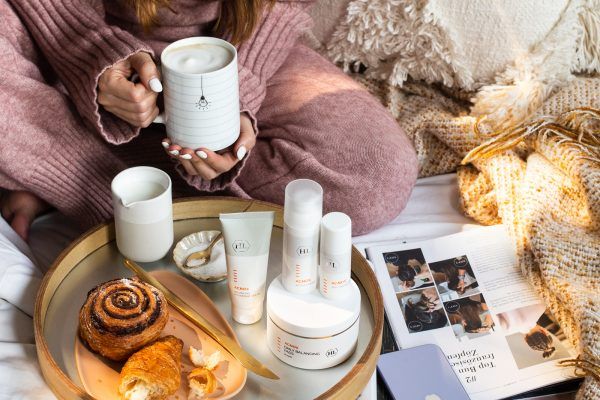
-
Sale!
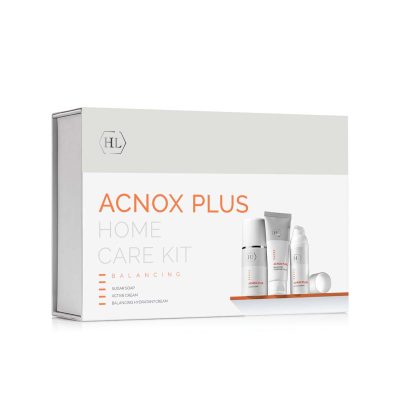
ACNOX PLUS HOME CARE KIT (SOAP, ACTIVE CREAM, BALANCING HYDRATANT CREAM)
150,53 €Original price was: 150,53 €.112,90 €Current price is: 112,90 €. Add to cart -
Sale!
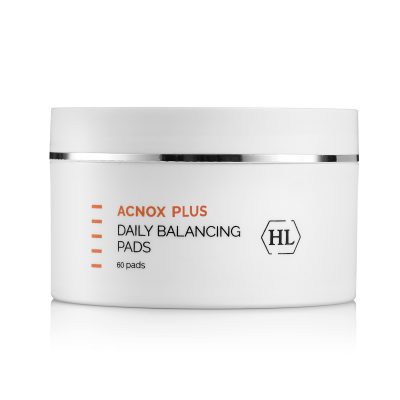
ACNOX PLUS DAILY BALANCING PADS 60 pads
65,95 €Original price was: 65,95 €.52,76 €Current price is: 52,76 €. Add to cart -
Sale!
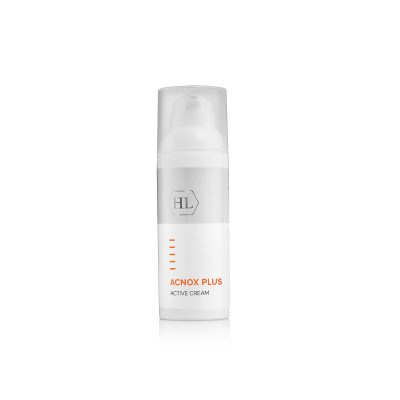
ACNOX PLUS ACTIVE CREAM 50ml
99,79 €Original price was: 99,79 €.74,84 €Current price is: 74,84 €. Add to cart -
Sale!
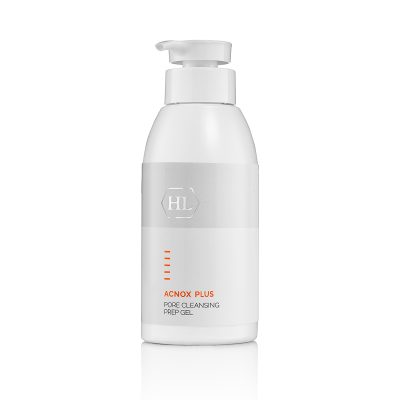
ACNOX PLUS PORE CLEANSING PREP GEL 250ml
80,57 €Original price was: 80,57 €.48,34 €Current price is: 48,34 €. Add to cart
Reducing the infecting abilities of bacteria and reducing the inflammation
Reducing the infecting abilities of bacteria is done by a targeted hit on their development. At the same time, the treatment is designated to reduce the inflammatory process that is being developed in the skin due to the reproduction of bacteria. These two processes are done simultaneously, using a combination of a number of ingredients:
- Rosebay Extract – An ingredient that maintains the skin’s balance, enhances the stratum corneum layer, reduces the creation of sebum and prevents its accumulation.
- Zinc – an essential mineral for regenerating skin cells and especially for sensitive skin. Zinc is an anti-inflammatory ingredient that prevents bacterial multiplicity that is related to acne, regulates the creation of sebum and strengthens the epidermal barrier.
- Extract of amino glycine acid – an ingredient that regulates acne prone skin, reduces the creation of sebum and prevents bacterial multiplicity that is related to acne.
-
The skin rejuvenation is done using acids – the salicylic acid and the shikimic acid.
Skin rejuvenation
- Salicylic acid – the salicylic acid (beta hydroxy) is well-known for its ability to reduce acne marks. In addition, since it is fat soluble, it can penetrate into the skin pores and melt the dead cells that accumulate in them and clog them. Furthermore, the salicylic acid has anti-inflammatory activity and antiseptic activity against bacteria and fungus.
- Shikimic acid – a natural ingredient with anti-inflammatory qualities, that prevents bacterial multiplicity that is related to acne. This acid removes dead cells and regulates sebum production.
Rehabilitating the skin texture and strengthening the skin’s natural defense mechanisms
Simultaneously, for the first time the line contains probiotics extract, that acts for rehabilitating the skin and strengthening the skin’s natural defense mechanisms that have been damaged due to the disease, as well as vitamin derivatives.
- Probiotics – acts to protect the skin from infection and from disease causes, contributes to strengthening the friendly bacteria while killing pathogen bacteria and maintaining the skin’s normal acidity level. Many studies in the last decades have shown that treatment in probiotics inhibits the growth of the P- acne bacteria, and other pathogenic bacteria that are involved in skin diseases. There are several reasons for this. First, it has been found that they “catch” the receptors and in this way prevent the toxins from getting attached to them and infecting them. In addition, there is competition between the probiotic bacteria and the pathogen bacteria for sources of nutrition. Therefore, the bigger and more thriving the probiotics population on the skin, the harder it will be for pathogen bacteria to exist on the skin and damage it. Moreover, additional studies have found that specific species of probiotic bacteria, such as lactobacillus, extract protein substances called bacteriocins, that have local antibiotic activity against inflammatory factors.
- Retinoids (a derivative of retinoic acid) – a shape of Vitamin A that is biologically accessible to the skin. When used on the skin, vitamin A enhances the development of new cells and assists acne prone skin in healing itself.
- Niacinamide – a form of Vitamin B3 – a multifunctional ingredient that is essential for nourishing the skin, which among other things, represses inflammatory situations, regulates the creation of sebum and improves the skin texture.